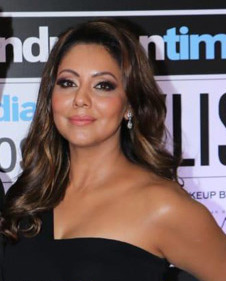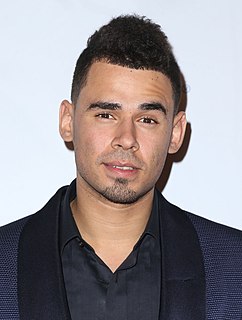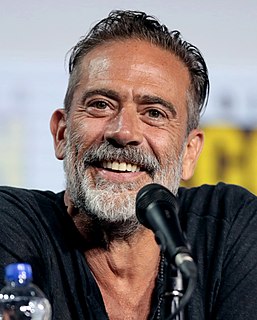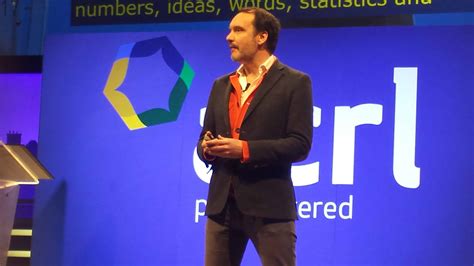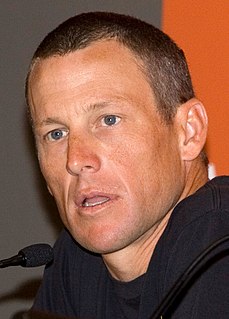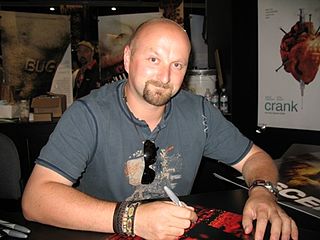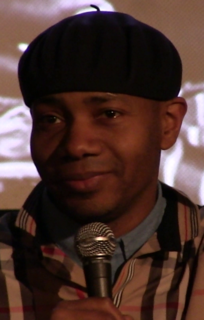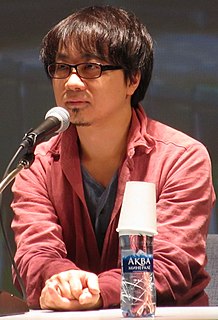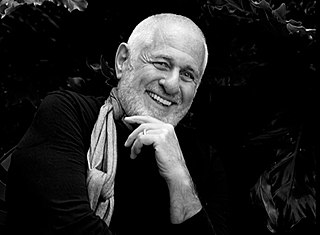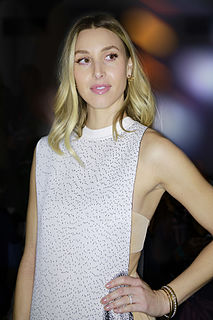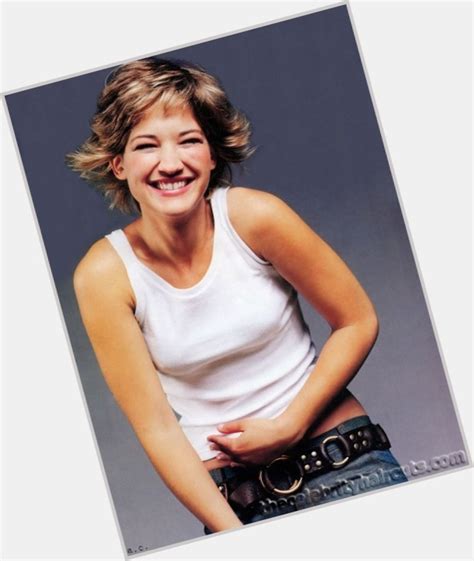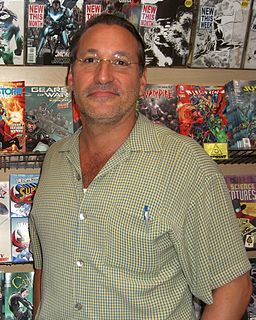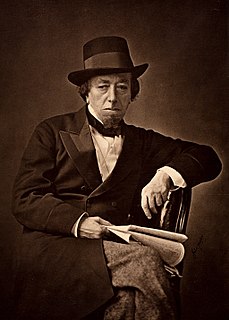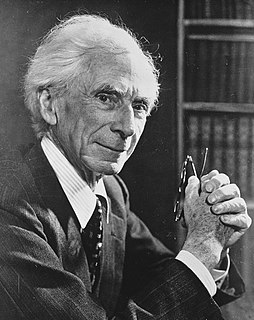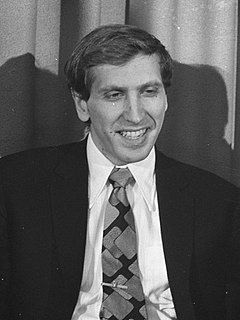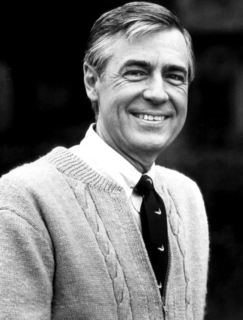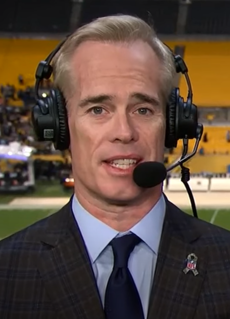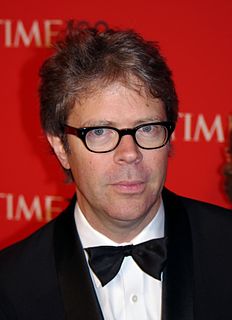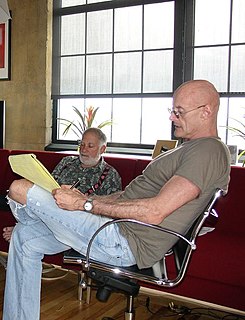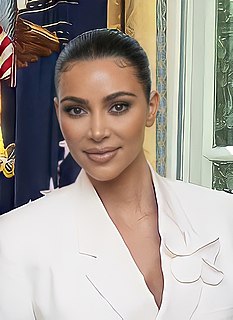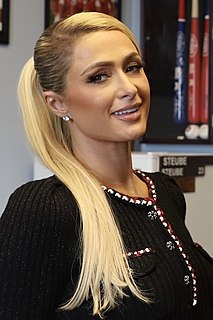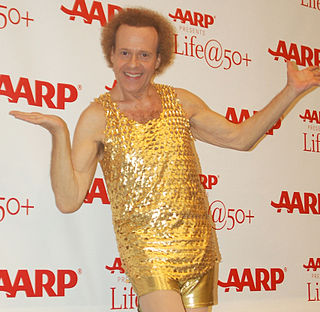A Quote by Manila Luzon
I have a background in graphic design and have been designing t-shirt graphics for years.
Quote Topics
Related Quotes
I have been fully involved in designing my stage shows; it's important to me to do something really unique and almost off-the-wall to bring the music and the visuals together. I love design and actually went to school for a bit for graphic design, so it isn't so much 'pressure' for me; it's a way to be creative, and I really enjoy it.
I've been working on a graphic about carbon emissions. It's an incredibly simple graphic - a bunch of blocks and a table below it - but it's taken me three weeks to design. For some reason it just wasn't working. Then finally I realized there was a number present, which I was rendering in each version, that wasn't necessary for the understanding of the piece. This figure was getting in the way and distracting from the main flow of the narrative. As soon as I pulled that graphic out of the design, it sprang into focus. Suddenly it worked.
In my book "Sound Unbound" we traced the guy who actually came up with the main concept for the graphic design of the record cover sleeve. His name is Alex Steinweiss. And one of the things in my book that we really tried to figure out was the revolution in graphic design that occurred when people put images on album covers.
When I was working at the game company, I wasn't just doing graphic design, I was doing the entire product management, so I would do the graphic design, I would create the advertisements, even the catch copies. I would figure out what kind of packaging and design of the packaging, so I was basically doing total product management at that time.
My opening line to my students, and a recurring theme in my classes, was that the big design problem isn't designing a house for your parents or yourself, a museum, or a toaster, or a book, or whatever. The big design problem is designing your life. It's by the design of your life that you create the backboard off which you bounce all your thoughts and ideas and creativity. You have to decide what it is that you want to do each day.

